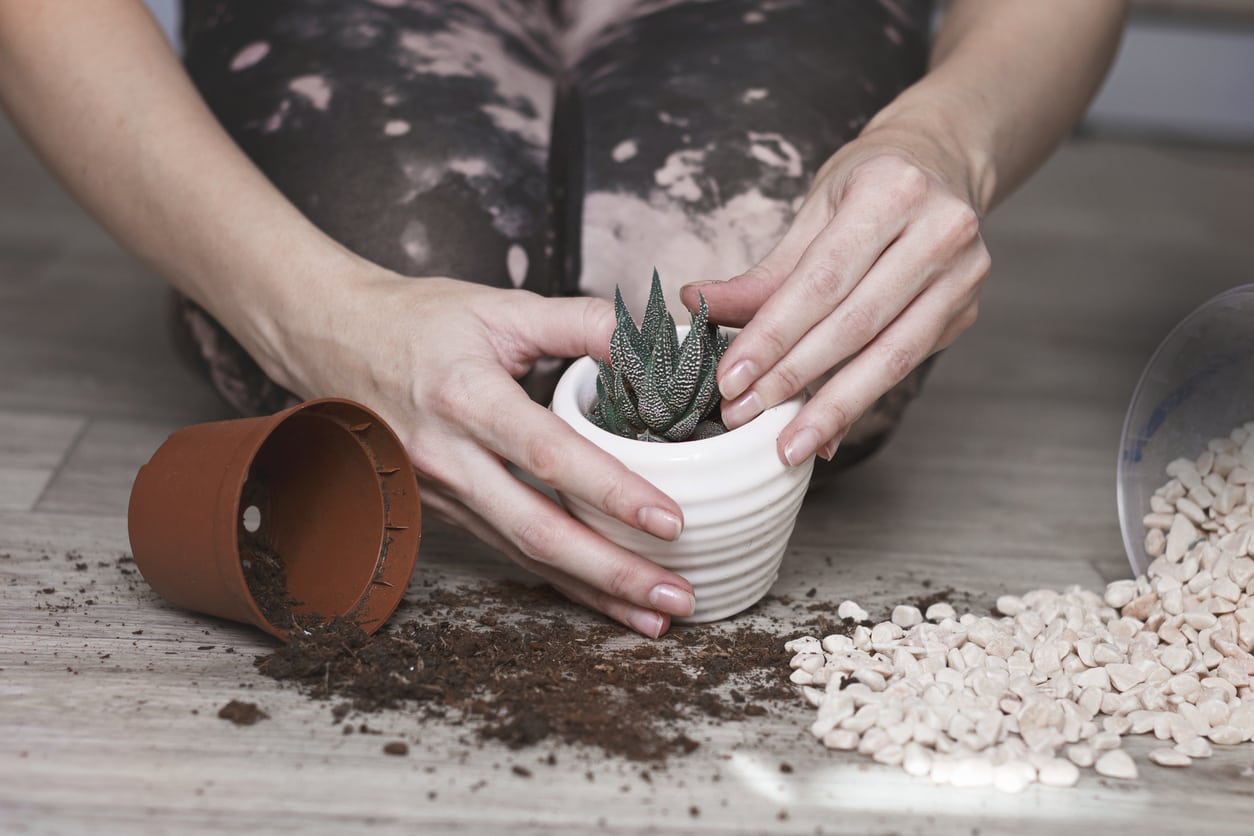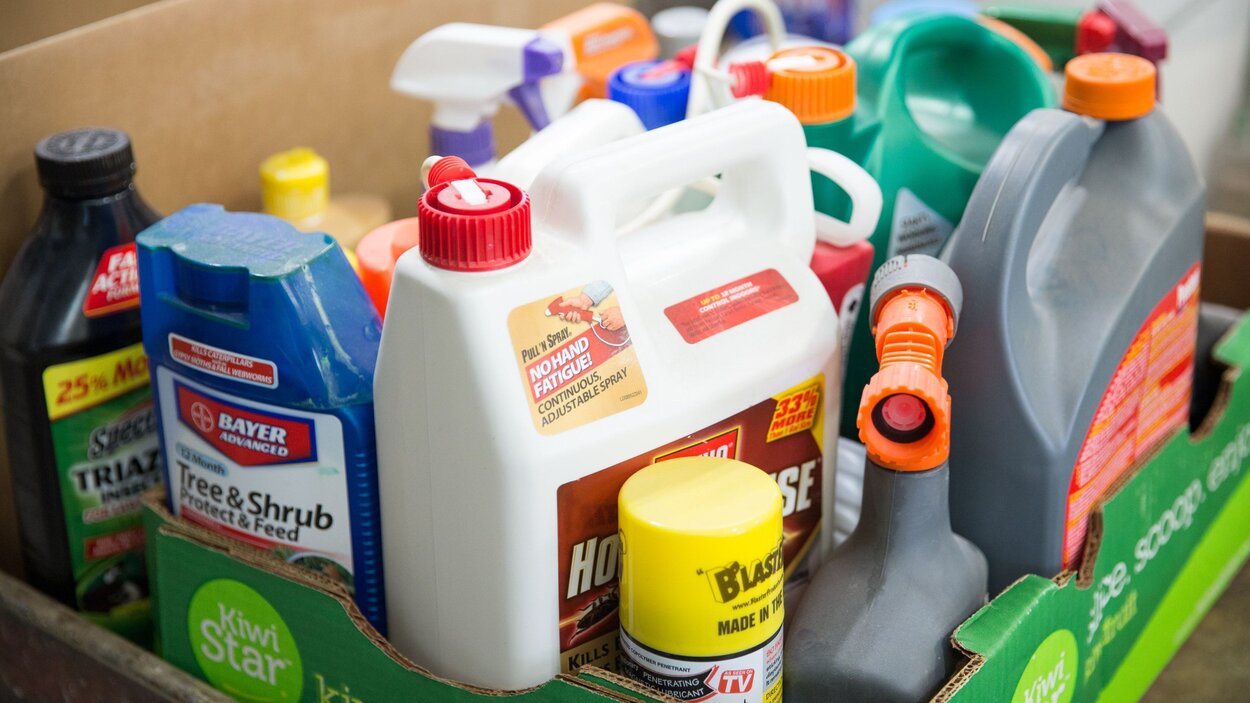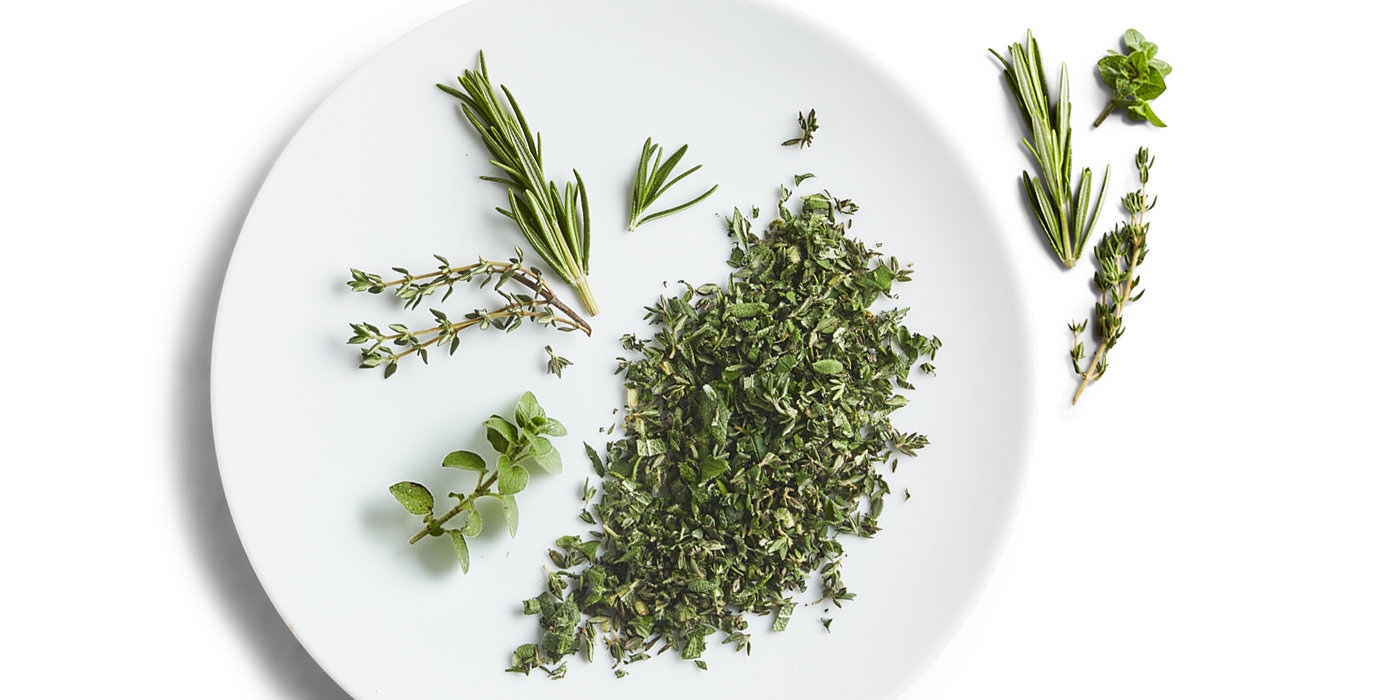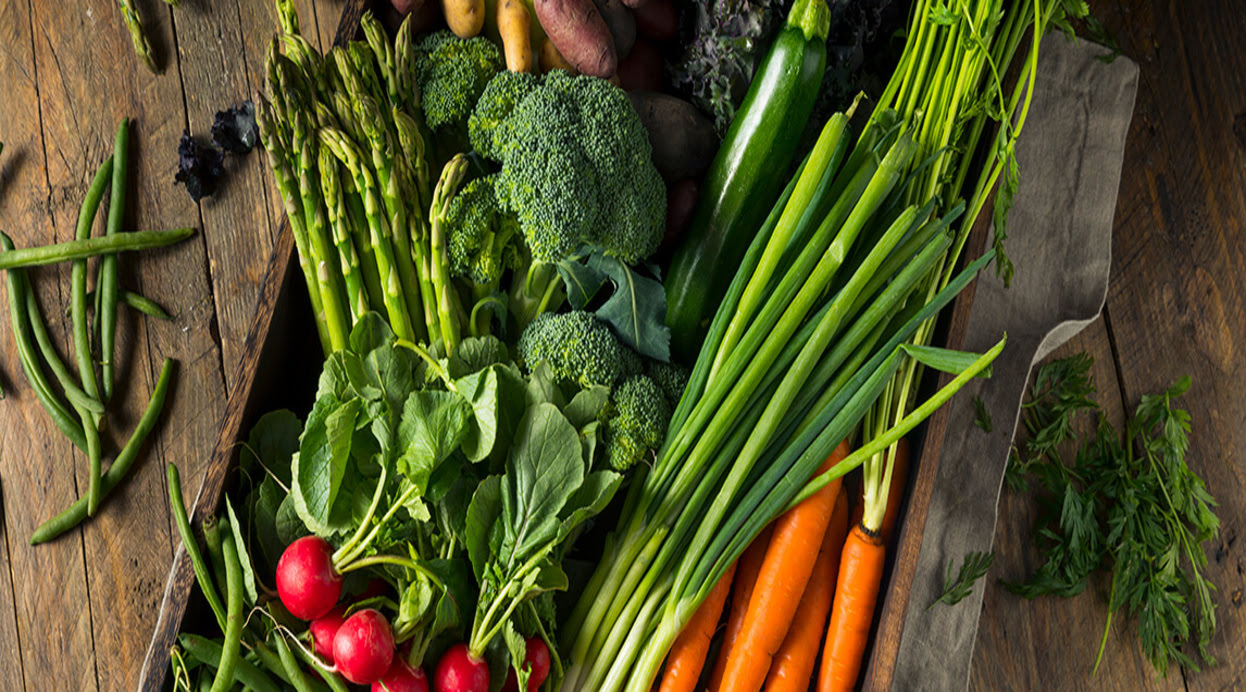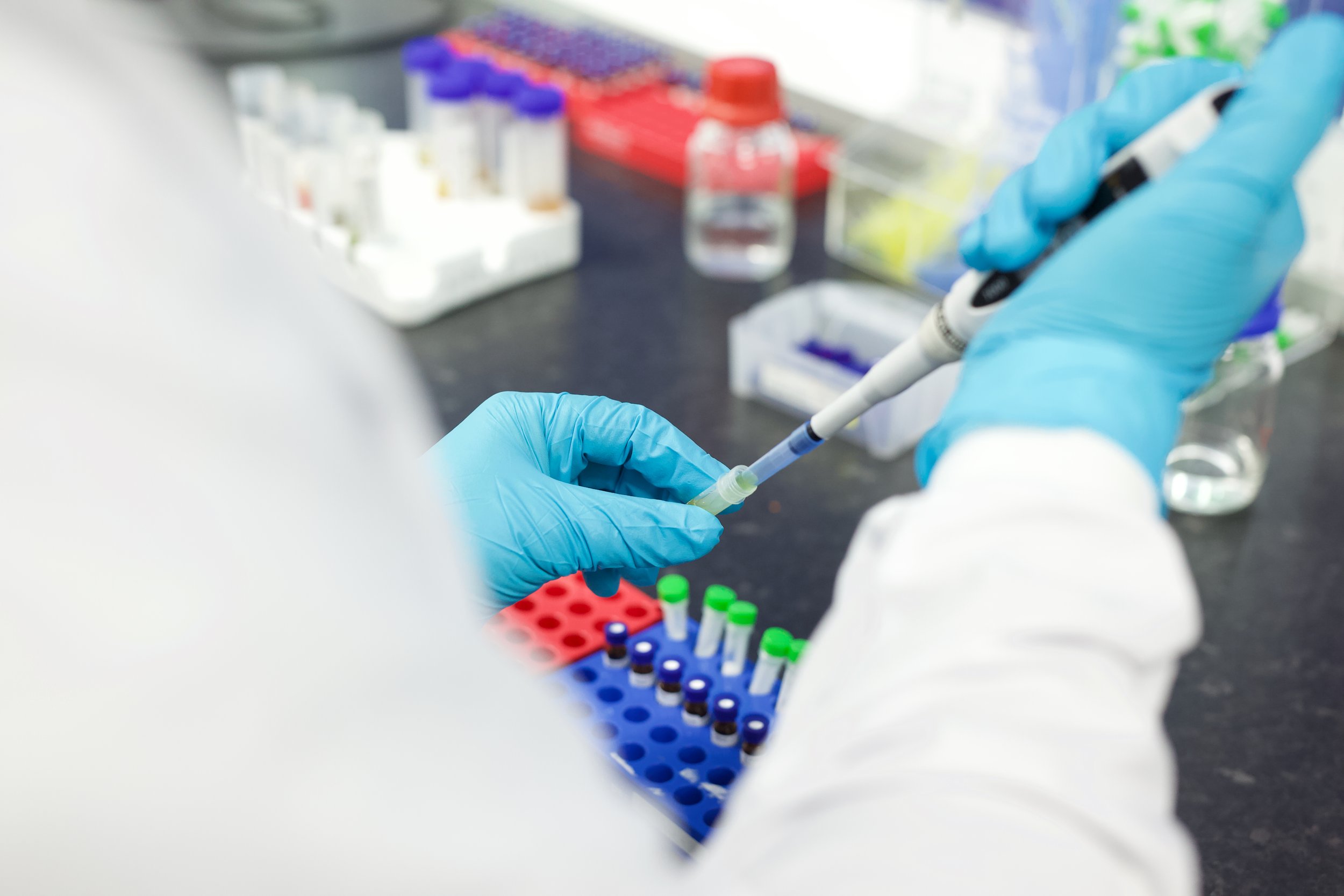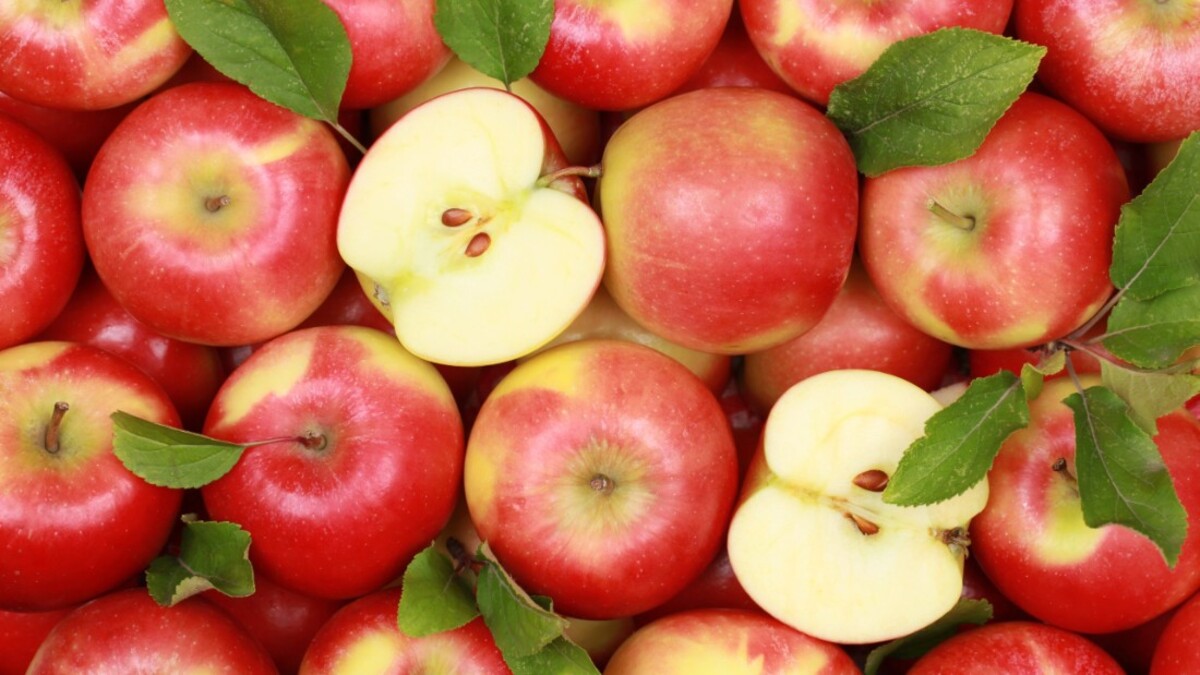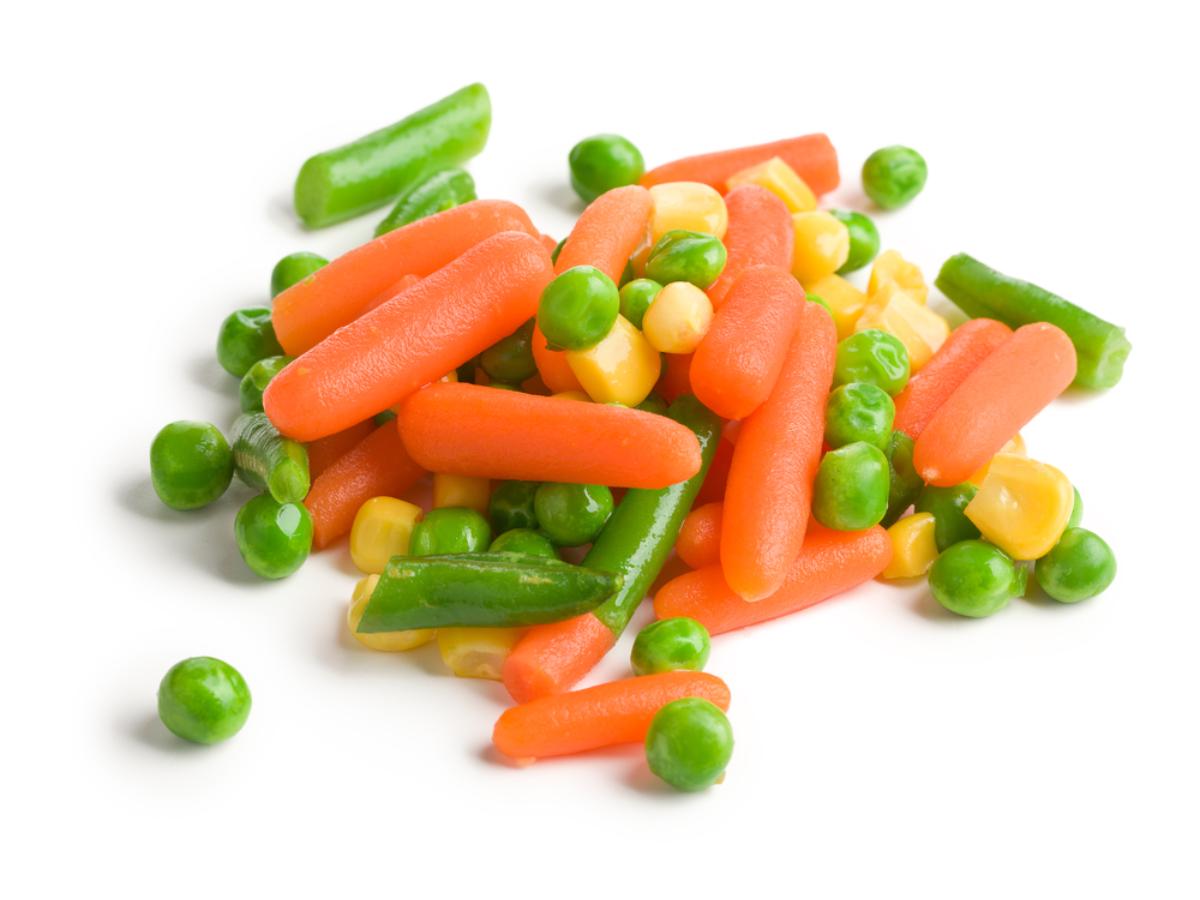Home>Gardening News and Trends>Latest News>How To Mix Pesticides With Water
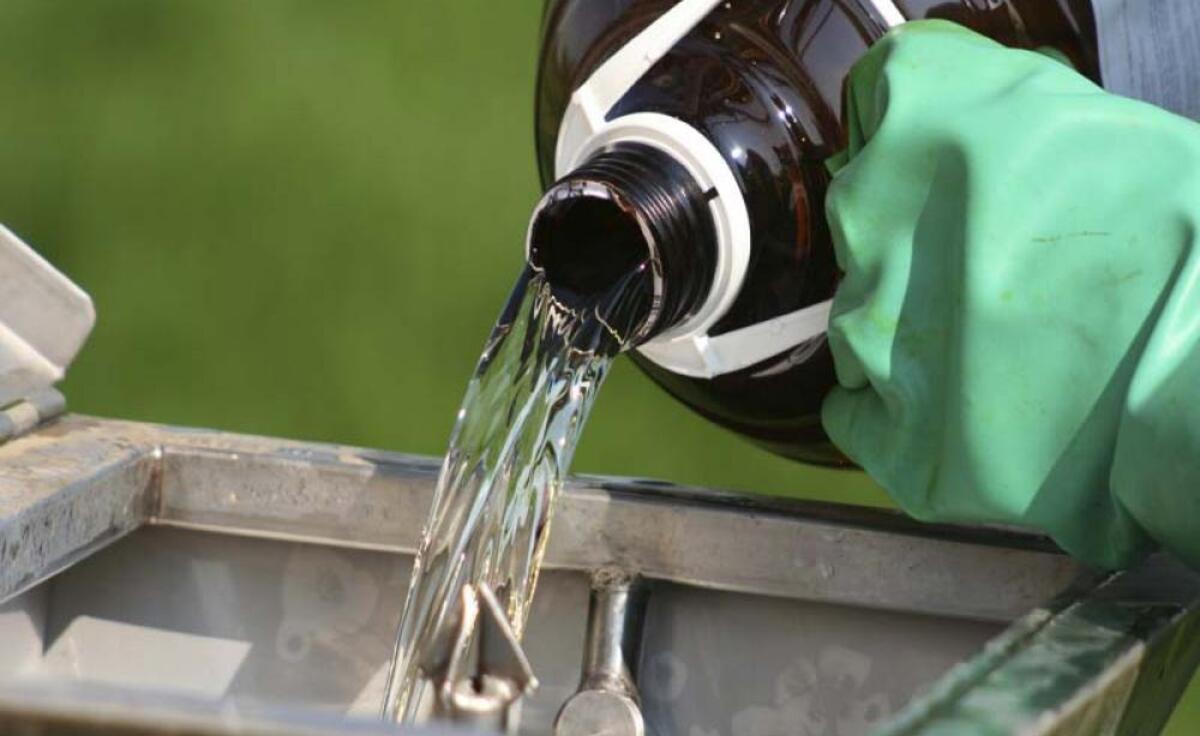

Latest News
How To Mix Pesticides With Water
Published: November 24, 2023
Get the Latest News on How to Mix Pesticides With Water and Safely Protect Your Plants
(Many of the links in this article redirect to a specific reviewed product. Your purchase of these products through affiliate links helps to generate commission for Chicagolandgardening.com, at no extra cost. Learn more)
Table of Contents
Introduction
When it comes to effectively dealing with pests in gardens, farms, or even homes, using pesticides is often the go-to solution. However, simply applying pesticides without proper knowledge can lead to ineffective results and potential harm to the environment and health. One crucial aspect of using pesticides that is often overlooked is the proper mixing of pesticides with water.
Mixing pesticides with water is an essential step that helps to ensure the correct concentration of the active ingredients, maximize efficacy, and minimize potential risks. By following the appropriate procedures and safety measures, you can ensure that your pesticide application is effective and safe.
Whether you’re a professional farmer or a gardening enthusiast, understanding how to properly mix pesticides with water is crucial for maximizing their effectiveness. In this article, we’ll explore the importance of mixing pesticides with water, the safety precautions to take, the equipment and materials required, the steps to properly mix pesticides with water, and some tips to improve the mixing process.
Importance of Properly Mixing Pesticides with Water
The proper mixing of pesticides with water is of utmost importance to ensure the desired effectiveness and safety of pesticide applications. Here are some key reasons why it is essential to adhere to the correct mixing techniques:
- Correct Concentration: Properly mixing pesticides with water ensures that they are applied at the correct concentration. This concentration is determined by the specific requirements stated on the pesticide label. Applying pesticides at the wrong concentration can result in ineffective pest control or, conversely, an excessive concentration that may harm plants, animals, or even humans.
- Enhanced Efficacy: Each pesticide has a target pest, and the active ingredient within it works in a specific manner. Mixing pesticides with water properly allows for even distribution of the active ingredient, increasing its efficacy against the targeted pests. This ensures that all plants or areas being treated receive a sufficient amount of the pesticide.
- Minimized Environmental Impact: When pesticides are mixed accurately, they can be applied with precision, reducing the risk of excessive runoff and environmental contamination. Proper mixing helps to prevent over-application, which can lead to the contamination of water sources, soil, and other non-targeted areas. By minimizing environmental impact, we can protect beneficial insects, wildlife, and ecosystems.
- Reduced Health Risks: Mixing pesticides accurately is not only important for environmental protection but also for human health. Pesticides can pose significant risks if mishandled, and mixing them with water properly ensures that exposure is minimized. By following the recommended mixing procedures, you can reduce the likelihood of inhaling harmful vapors or coming into direct contact with concentrated pesticides.
- Cost-Effective: Proper mixing ensures that pesticides are used efficiently, reducing the chances of wastage. Applying pesticides at the correct concentration and evenly distributing them with water helps to maximize their effectiveness, reducing the need for repeated applications. This not only saves you money but also reduces the overall pesticide load in your environment.
By understanding the importance of properly mixing pesticides with water, you can ensure that your pesticide applications are effective, safe, and environmentally responsible. Now, let’s move on to the safety precautions you need to take before mixing pesticides with water.
Safety Precautions Before Mixing Pesticides with Water
Prior to mixing pesticides with water, it is crucial to prioritize safety to protect yourself, others, and the environment. Here are some essential safety precautions to follow:
- Read the Label: Carefully read and understand the pesticide label before handling or mixing any pesticides. The label contains crucial information on proper handling, dilution rates, personal protective equipment (PPE), and disposal instructions. Adhere to the instructions and warnings provided by the manufacturer to minimize risks.
- Wear Proper Protective Equipment: Always wear the appropriate personal protective equipment (PPE) when handling pesticides. This typically includes long-sleeved clothing, chemical-resistant gloves, goggles or safety glasses, and a respirator, if necessary. PPE acts as a barrier and reduces the risk of exposure to pesticides.
- Work in a Well-Ventilated Area: Ensure that you are working in a well-ventilated area to minimize exposure to pesticide fumes or vapors. If you are working indoors, open windows and doors or use fans to improve air circulation.
- Avoid Contamination: Prevent cross-contamination by designating specific equipment for pesticide mixing and application. Do not use containers or tools that have been used for food or other purposes. This reduces the risk of accidental ingestion or exposure to harmful chemicals.
- Store Pesticides Properly: Store pesticides in their original containers, tightly sealed and out of reach of children and pets. Keep them in a cool, dry, and well-ventilated area, away from food, feed, or drinking water sources. Safely dispose of any empty pesticide containers according to local regulations.
- Follow Mixing Instructions: Follow the mixing instructions provided by the manufacturer on the pesticide label. Measure the correct amount of pesticide and water carefully, using dedicated measuring devices. Avoid guessing or estimating as it can lead to incorrect concentrations or ineffective pest control.
- Mix in a Controlled Environment: Choose an area away from children, pets, and sensitive plants to mix pesticides with water. Ensure a clean, flat, and stable surface for proper mixing. Avoid mixing near water sources like ponds, streams, or wells to prevent contamination.
- Dispose of Excess or Unused Mixture Properly: Only mix what is needed for your immediate application. Dispose of any excess or leftover mixture according to local regulations. Do not pour it down drains, sewers, or stormwater systems as this can contaminate water sources.
By following these safety precautions, you can minimize the risks associated with handling and mixing pesticides. Taking these necessary steps ensures your safety, protects the environment, and promotes responsible pesticide use. Now, let’s move on to the equipment and materials required for mixing pesticides with water.
Equipment and Materials Needed for Mixing Pesticides with Water
Before starting the process of mixing pesticides with water, it is essential to gather the necessary equipment and materials. Having the right tools ensures accurate measurements, safe handling, and effective mixing. Here is a list of the equipment and materials you will need:
- Protective Clothing and Equipment: Wear the appropriate personal protective equipment (PPE) as specified on the pesticide label. This includes long-sleeved clothing, chemical-resistant gloves, goggles or safety glasses, and a respirator, if needed. PPE protects your skin, eyes, and respiratory system from potential exposure to pesticides.
- Container for Mixing: Use a dedicated, clean container that is appropriate for the amount of pesticide solution you will be mixing. It should be made of a material that is resistant to the pesticide being used, such as glass, stainless steel, or plastic. Avoid using containers made of materials that may react with the pesticide, such as aluminum or copper.
- Measuring Devices: Accurate measurements are crucial for proper pesticide dilution. Use measuring cups, graduated cylinders, or other measuring devices specifically designated for pesticide use. Avoid using household utensils, as they may not provide accurate measurements and can lead to incorrect dilution ratios.
- Mixing Stick or Paddle: A clean and non-reactive mixing stick or paddle should be used to stir the pesticide solution. This will ensure thorough mixing and prevent cross-contamination with other substances.
- Water Source: Use clean and fresh water for diluting the pesticide. Avoid using water from ponds, streams, or wells that may be contaminated with chemicals or other substances. If unsure about the quality of the water, consider using distilled or filtered water.
- Label and MSDS Sheets: Keep the pesticide label and Material Safety Data Sheets (MSDS) easily accessible during the mixing process. These documents provide important information regarding the safe handling, storage, and disposal of the pesticide being used.
- Protective Coverings: Use protective coverings, such as a drop cloth or plastic sheet, to protect the mixing area from accidental spills or splashes. This will help prevent contamination of the surroundings and make cleanup easier.
- Clean Water for Cleanup: Have a separate source of clean water available for rinsing equipment and surfaces after mixing pesticides. This will help remove any residue and minimize the risk of accidental exposure during cleanup.
Gathering the necessary equipment and materials beforehand ensures a smooth and efficient mixing process. Being properly prepared allows for accurate dilution and reduces the risks associated with pesticide handling. Now, let’s move on to the steps involved in mixing pesticides with water.
Steps to Mix Pesticides with Water
Properly mixing pesticides with water involves a step-by-step process to ensure accurate dilution and effective application. Follow these steps to mix pesticides with water:
- Read the Label: Carefully read and understand the instructions on the pesticide label. Note the dilution ratio and any specific mixing instructions provided by the manufacturer.
- Put on Protective Gear: Wear the appropriate personal protective equipment (PPE) as specified on the pesticide label. This may include gloves, goggles, long-sleeved clothing, and a respirator, depending on the product being used.
- Prepare the Mixing Container: Select a clean and appropriate mixing container. Ensure it is large enough to comfortably hold the desired amount of pesticide solution and allows room for stirring without spillage.
- Measure the Pesticide: Measure the required amount of pesticide as specified on the label, using the designated measuring device. Pour the measured pesticide into the mixing container.
- Add Water: Fill the mixing container with the appropriate amount of clean water. Be sure to maintain the correct water-to-pesticide ratio as stated on the label.
- Stir Gently: Use a clean mixing stick or paddle to gently stir the mixture. Avoid creating excess foam or agitation as this may reduce the effectiveness of the pesticide.
- Continue Stirring: Continue stirring until the pesticide is fully dissolved or dispersed in the water. This ensures that the active ingredients are evenly distributed throughout the mixture.
- Label the Mixture: Clearly label the container with the name of the pesticide, the date mixed, and the concentration of the mixture. This will help avoid confusion and ensure proper identification during future use.
- Dispose of Waste Properly: Dispose of any unused mixture or rinse water as directed on the pesticide label or local regulations. Follow appropriate safety guidelines for pesticide disposal.
- Clean Up: Thoroughly clean all equipment, including the mixing container and stirring stick, using clean water. This will help prevent cross-contamination and ensure the safe storage of your equipment.
By following these steps, you can ensure that pesticides are mixed accurately and ready for application. Proper mixing guarantees that the active ingredients are well-distributed, maximizing their effectiveness in pest control. Now, let’s move on to some tips for properly mixing pesticides with water.
Tips for Properly Mixing Pesticides with Water
While following the proper steps to mix pesticides with water is essential, here are some additional tips to ensure optimal results:
- Double-Check Measurements: Accurate measurements are crucial for proper dilution. Double-check your measurements to ensure the correct amount of pesticide is added to the mixing container.
- Apply the “First Aid” Rule: When using multiple pesticides, always mix them in the order stated on the label. This helps prevent chemical reactions or neutralization that may reduce effectiveness or create hazardous byproducts.
- Use Room Temperature Water: Using room temperature water can aid in the dissolution and mixing of the pesticide. Avoid using extremely cold or hot water as it may interfere with the effectiveness of the pesticide.
- Avoid Over-Mixing: While it is important to thoroughly mix the pesticide and water, avoid excessive stirring. Over-mixing can create excessive foam or agitation, potentially reducing the efficacy of the pesticide.
- Store Mixture Properly: If you have any leftover pesticide mixture, store it in a tightly sealed, labeled container in a cool, dry place. Follow the pesticide label instructions regarding storage and the shelf-life of the mixture.
- Keep Mixing Area Well-Ventilated: Ensure a well-ventilated area while mixing pesticides to avoid exposure to concentrated fumes or vapors. Open windows or use fans to improve air circulation.
- Read and Follow Label Instructions: The pesticide label contains valuable information on mixing ratios, application rates, timing, and safety precautions. Always read and strictly follow the instructions provided by the manufacturer.
- Keep Records: Maintain a record of the pesticides used, mixing ratios, and any observations or feedback regarding their effectiveness. This record can be valuable for future reference or when seeking professional advice.
- Continuously Educate Yourself: Stay updated on the latest research, best practices, and regulations related to pesticide use and mixing. Attend training sessions or workshops to enhance your knowledge and skills.
- Consider Hiring a Professional: If you are unsure about mixing pesticides correctly or dealing with specific pest problems, it’s always wise to consult or hire a professional with expertise in pesticide application.
By following these tips, you can ensure that your pesticide mixing process is effective, safe, and environmentally responsible. It will help you achieve the desired results in pest control while minimizing risks to human health and the environment. Now that you have learned about the importance of mixing pesticides with water, the safety precautions, the necessary equipment and materials, the steps involved, and some useful tips, you are well-equipped to effectively and safely handle pesticide applications.
Conclusion
Properly mixing pesticides with water is a critical step in ensuring effective pest control while minimizing risks to human health and the environment. By following the guidelines outlined in this article, you can achieve accurate dilution, maximize the efficacy of pesticides, and reduce the chances of environmental contamination.
We highlighted the importance of properly mixing pesticides with water, emphasizing the need for correct concentration, enhanced efficacy, minimized environmental impact, reduced health risks, and cost-effectiveness. Ensuring the proper concentration of pesticides ensures that they are applied at the right strength to effectively control pests without causing harm.
We discussed the safety precautions that should be taken before embarking on the mixing process, including the importance of reading the label, wearing appropriate protective gear, working in a well-ventilated area, and properly disposing of waste. These measures are crucial for the protection of those handling pesticides and for preventing adverse impacts on the environment.
The equipment and materials needed for mixing pesticides with water were also outlined, emphasizing the need for protective clothing and equipment, a suitable container for mixing, precise measuring devices, and a clean water source. Having these items readily available ensures accuracy and safety during the mixing process.
We provided a step-by-step guide to properly mix pesticides with water, emphasizing the importance of following the instructions on the pesticide label, measuring accurately, stirring gently, and properly labeling the mixture. These steps, when followed correctly, ensure the even distribution of active ingredients, leading to effective pest control.
Lastly, we shared several tips for properly mixing pesticides with water, such as double-checking measurements, applying the “first aid” rule, using room temperature water, avoiding over-mixing, and keeping records. These tips further enhance the success of pesticide applications and promote long-term sustainability.
By understanding the importance of properly mixing pesticides with water and following the recommended procedures, you can achieve optimal results while minimizing risks. Remember to always prioritize safety, read and follow the pesticide label instructions, and stay informed about the latest best practices and regulations in pesticide use.
With this knowledge and careful attention to detail, you can contribute to effective pest control and protect the environment, preserving the health and vitality of our landscapes for years to come.
